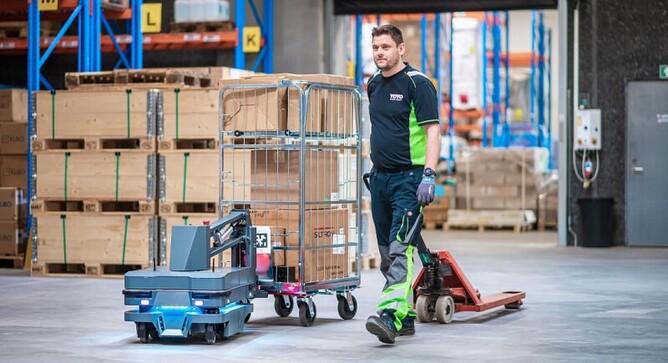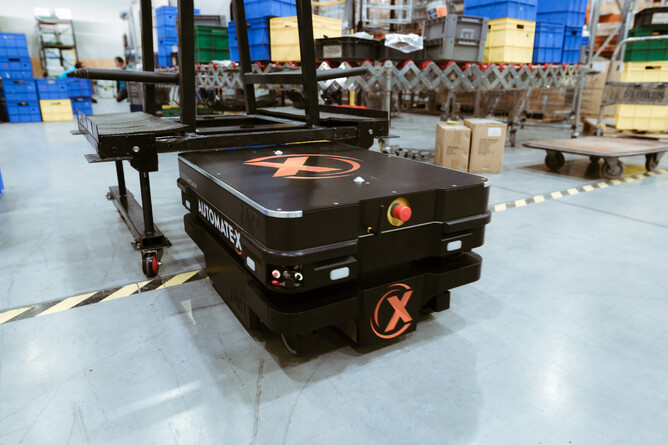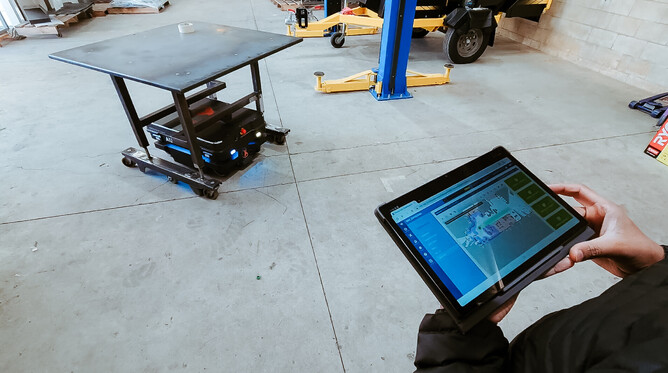What is an AMR Mobile Robot?
The warehouse robot, also known as an autonomous mobile robot (AMR), is the ideal solution to address supply chain pain points since it complements your human workers, allowing them to concentrate on higher-value tasks and minimising the amount of manned travel in your facility.
Companies are looking for technology that can handle these issues as well as the difficulty of increased operating volumes in these times of labour shortages and rising costs.
So what exactly is a mobile autonomous robot? Autonomous Mobile Robots are autonomous, self-contained machines that may be readily programmed to carry out a wide range of material moving activities.
The AMR can safely function without human supervision thanks to a sophisticated combination of sensors and cameras that it uses to "see," as well as strong artificial intelligence for detecting obstacles.
The AMR will carry out the task as instructed when the activity is started by a user, an RFID tag, a button press, or the plant SCADA or HMI.
Pallet movement, warehouse case or rack movement, helping human workers with order picking and fulfilment, "virtual conveyor belt" functionality, or trash/recycling clearance are a few examples of jobs that warehouse robotics could perform.
As businesses look to gain advantages through warehouse automation, the autonomous mobile robot market is expanding quickly. AMR deployments aren't always the answer, but they can have a huge influence in the following circumstances:
1. You're concerned about the lack of workers and escalating material handling prices.
2. You routinely transfer objects or materials in the same way.
3. The material movement's beginning and ending points are clearly identified.
4. When people move things about your facilities, they waste a lot of time.
5. You wish for flexibility yet must deal with a stationary and unyielding conveyor system.
AMRs are made to collaborate with people and support them in their work. The key characteristic of collaborative mobile robots that operate in dynamic environments and collaborate with humans is total safety. If a person trips in front of an AMR, a safety-rated laser scanning system can quickly assess the blockage and reroute or stop the vehicle altogether to avoid an accident.
Low startup expenses are made possible by the simple integration and the lack of requirement for changes to the current production layout. AMRs are a dependable workforce that can work continuously for 12 to 15 hours. When they don't have any work to complete, they can automatically bill, which promotes efficient internal logistics and guarantees a seamless workflow.
Due to this simple integration and the fact that one robot, depending on the application, frequently frees up two full-time employees to pursue higher-value jobs, the ROI is typically less than a year.
In Conclusion: From major production and distribution facilities to small and mid-sized firms, AMRs cover a variety of workflows. The use of MiR robots can help you streamline internal processes and free up staff time by taking over repetitive, time-consuming duties. They should be included in your automation blueprint and applied into your industrial factory.


